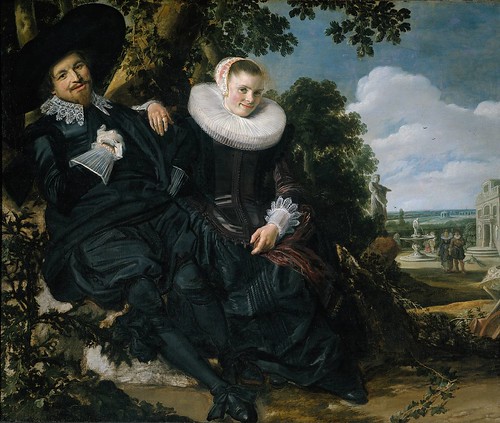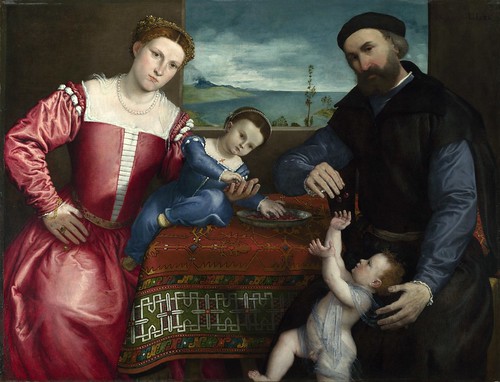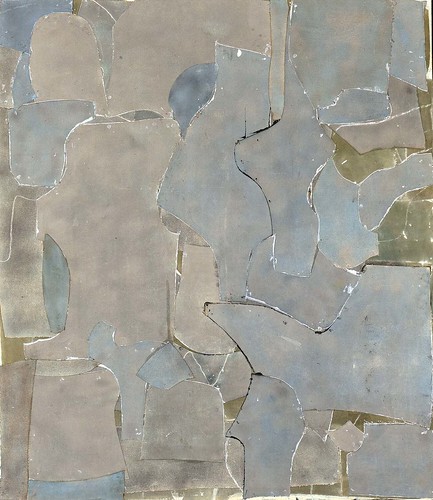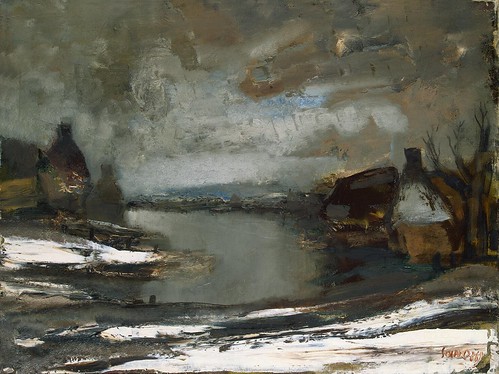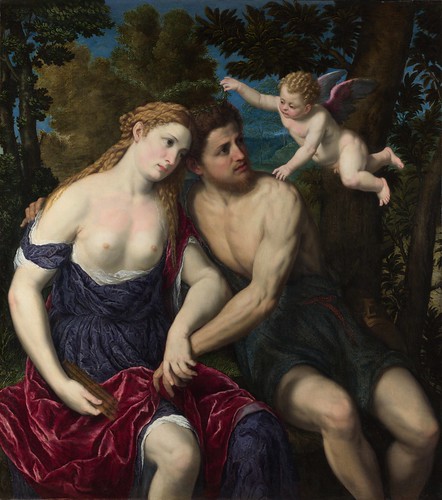In the 1870s, Argenteuil, a suburb of Paris on the Seine River, north-west of the city, was a gathering point for a number of Impressionist artists. In this fully developed Impressionist work, Monet portrays his first wife, Camille, seated on the lawn beneath lilac bushes in the garden of the Maison Aubry, their first residence in the Paris suburb. Monet moved to Argenteuil in December 1871. Many of the motifs that he and the other Impressionists favoured could be found in this small town, conveniently connected by rail to nearby Paris. While in Argenteuil, Monet set up a comfortable residence for himself, his wife, and their son Jean, enjoying a period of stability that resulted in great productivity over the next seven years.
During the early 1870s, Monet frequently painted views of his backyard garden that included Camille as his model. Here, her voluminous pink dress appears to float over the grass. The canvas glows with dappled sunlight, suggested by the artist's quick, unblended dabs of color. Camille's serene absorption in her book and the delicacy of her form recall 18th-century representations of women reading. "Springtime" is a prime example of Monet's commitment to painting outdoors and was included in the Second Impressionist Exhibition in 1876.
[Oil on canvas, 50 x 65.5 cm]




